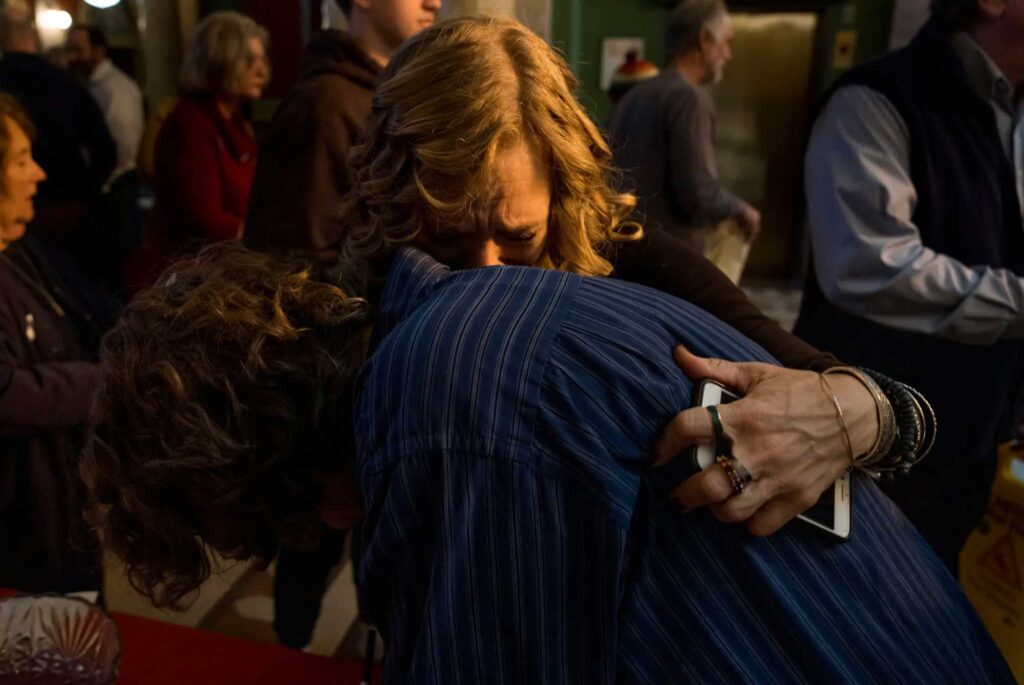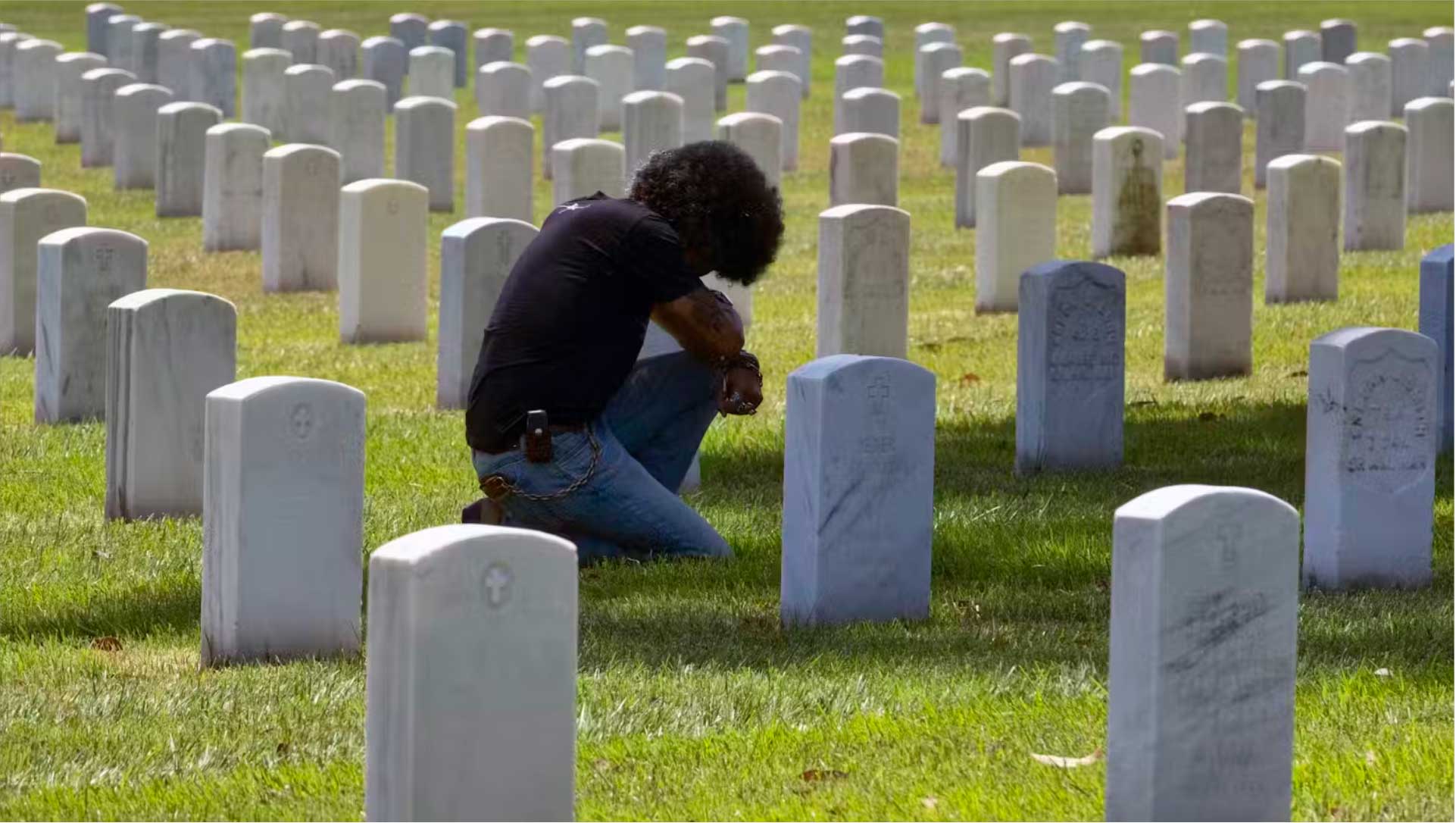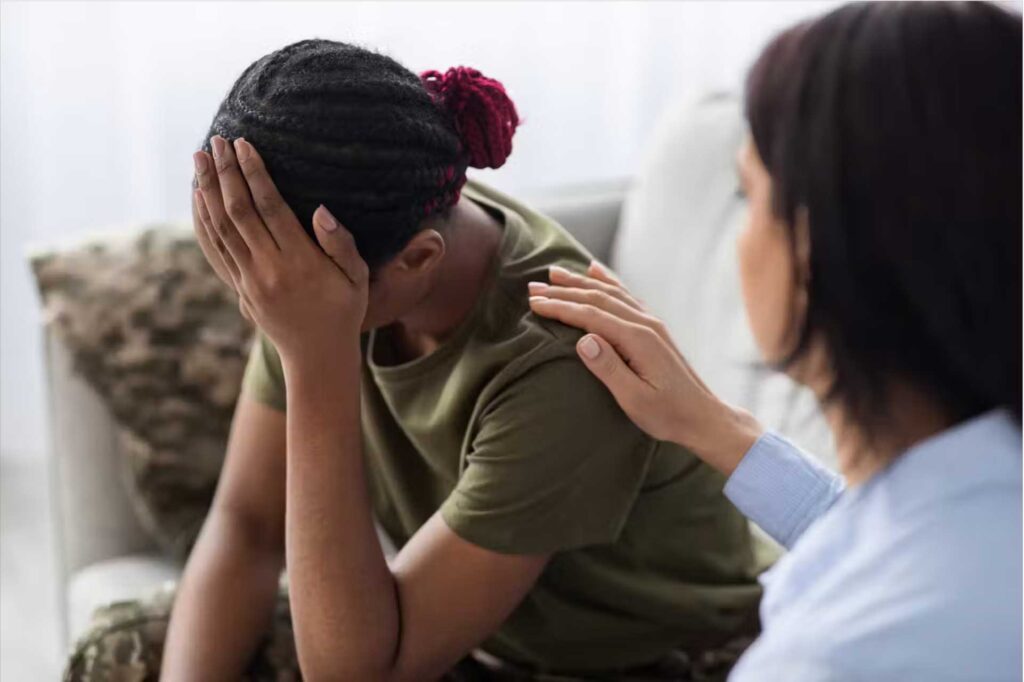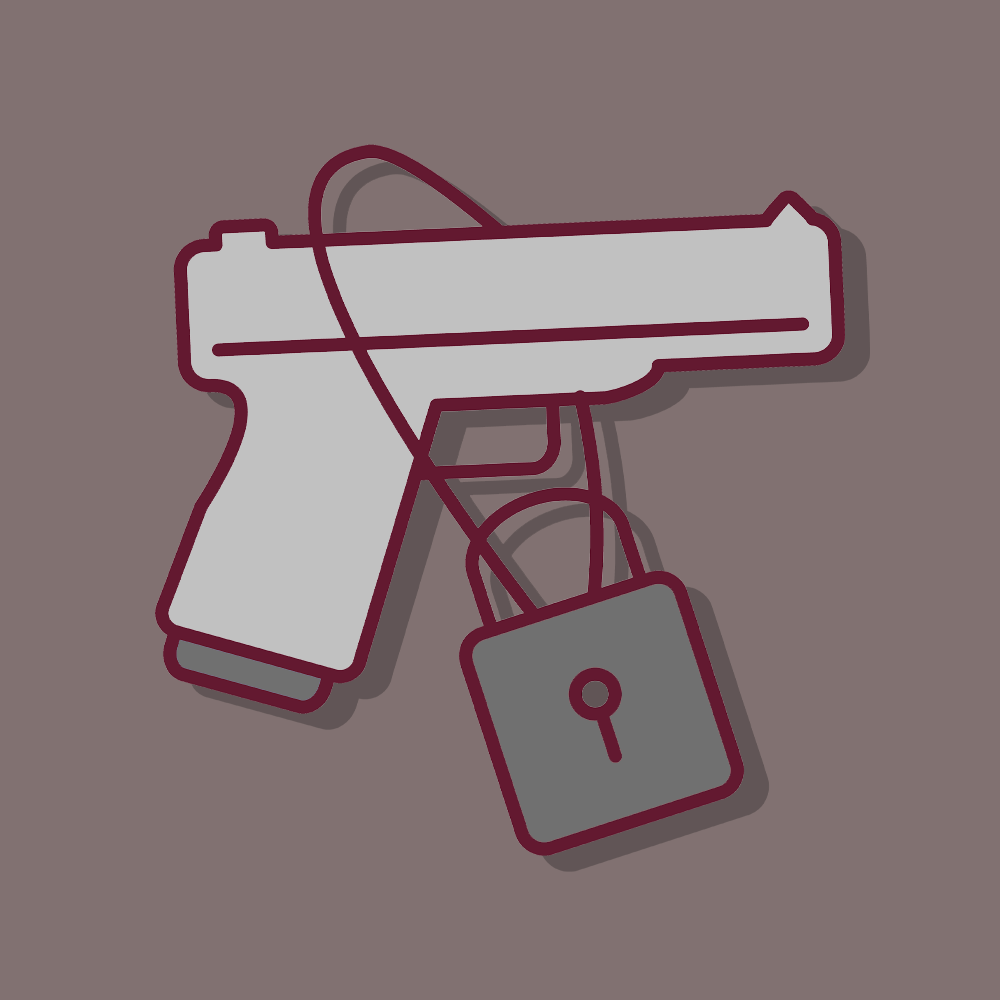Supporting Mental Health in Missoula
In Missoula, the Riverwalk Crisis Center plays a vital role in providing compassionate care to adults experiencing mental health crises. We sat down with Dr. Ann Douglas, the center’s Director, to learn more about the services they offer, the impact of their work, and their vision for the future.
About the Organization
Q: Can you introduce yourself and give an overview of the services Riverwalk Crisis Center offers?
Dr. Douglas: I’m Dr. Ann Douglas, Director of Riverwalk Crisis Receiving Center. We are a voluntary crisis receiving center for adults aged 18 and older. Our role is to provide immediate support for individuals who define themselves as being in crisis, whatever that crisis may be. Our focus is on helping guests stabilize and then connecting them with community resources for ongoing support.
Q: What are the criteria for being seen at Riverwalk?
Dr. Douglas: The only requirement is that the individual be 18 or older. Beyond that, anyone who feels they’re in crisis can come to us for help. It’s entirely self-referral, based on how the person feels.
Q: Can you walk us through the process when someone arrives at Riverwalk?
Dr. Douglas: When someone arrives, they’re greeted by our security specialist, who provides an orientation and explains the behavioral norms. From there, they meet with a nurse for a general medical assessment to ensure the crisis is not a medical emergency. If everything checks out, they work with a mental health professional to create a treatment plan, focusing on their strengths and using culturally appropriate care to empower them through the crisis.
Q: What makes Riverwalk unique in addressing mental health crises?
Dr. Douglas: The environment sets us apart. Our facility is designed for those in mental health crises, and we prioritize empathetic care. We have the time and space to truly listen to our guests and tailor our support to their needs, creating a calm, open, and supportive atmosphere.
Q: How long can a guest stay?
Dr. Douglas: Currently, we’re open 12 hours a day, from 9 a.m. to 9 p.m., seven days a week. Guests can stay for those 12 hours. Once we expand to 24/7, guests will be able to stay for up to 23 hours and 59 minutes.
Collaboration & Impact
Q: Riverwalk was the result of a community effort. Can you talk more about the collaboration that made this possible?
Dr. Douglas: Absolutely. Riverwalk was developed through the Behavioral Health Strategic Alliance in Missoula. Key partners included Providence, Western Montana Mental Health Partnership, All Nations Health Center, Community Medical Center, the Mobile Support Team, and 988 Lifeline. Together, we recognized the need for a receiving center where individuals could access short-term stabilization that wasn’t the ER or jail.
Q: Can you share a success story from Riverwalk?
Dr. Douglas: There are many stories. For instance, we’ve had guests who, after a few hours with us, leave visibly calmer and more in control. We’ve also connected people to services they’ve struggled to access for months. The combination of compassionate support and tangible resources makes a real difference.
Q: How do you measure the effectiveness of your interventions?
Dr. Douglas: We follow up with every guest 72 hours after discharge through an exit survey. This allows us to track their progress and gather feedback on how we can improve our services.
Challenges & Opportunities
Q: What challenges does Riverwalk face, especially with the current 12-hour operational window?
Dr. Douglas: I think the 12-hour limit is currently the greatest challenge. My goal is to get to a 24/7 model. Additionally, we need more staff, especially nurses and LPNs for night shifts. In regard to funding, we need to secure more grant funding to ensure we can provide care without financial barriers for guests. We currently bill Medicaid as well as private insurance, but I want people to know that if they cannot pay, they will not be turned away.
Q: What are your funding sources, and how is Riverwalk structured?
Dr. Douglas: Riverwalk operates under Western Montana Mental Health’s license, with Providence covering my wages and Western funding the rest of the staff. Missoula County provided initial funding for the building renovation, but moving forward, we will continue to rely on Medicaid reimbursements, private insurance, and grants.
Q: Where does the state fit into the picture in terms of supporting Riverwalk?
Dr. Douglas: The state plays a role through Medicaid. We operate under policy 450, which governs Medicaid reimbursement for receiving and stabilization services.
Q: Montana has been in the national spotlight due to its high suicide rate. Do you think the state could help address service gaps in facilities like Riverwalk?
Dr. Douglas: Absolutely. Increased funding and awareness would be incredibly beneficial, particularly for suicide prevention. Our center plays a critical role in intervening at the stage of suicidal ideation, helping people before they reach the point of an attempt. Expanding receiving centers across the state would not only improve outcomes but also help destigmatize mental health treatment. When people see that mental health facilities like ours exist, it sends a message that it’s okay to seek help.
Q: Is Riverwalk the only facility of its kind in Montana?
Dr. Douglas: No, Riverwalk is the second of its kind in the state. The first is the Billings Crisis Center, which has been operating for about 17 years. I’ve worked closely with MarCee [Neary], the director there, and she’s been doing incredible work in this field for a long time.
Looking Forward
Q: What are Riverwalk’s future goals?
Dr. Douglas: Our primary goal is to expand to 24/7 operations. This would help us reach more people in crisis and make our services sustainable long-term. We’re also exploring the possibility of opening a crisis receiving center for youth, as this is a frequent request from the community.
Q: Is there anything else you’d like to share about Riverwalk’s role in mental health crisis intervention?
Dr. Douglas: Just that Riverwalk wouldn’t exist without the community’s support. We’re here because Missoula saw the need and worked together to fill it. Our mission is to be the calm in the chaos for those in crisis, and we’ll continue to grow and adapt to meet the community’s needs.











